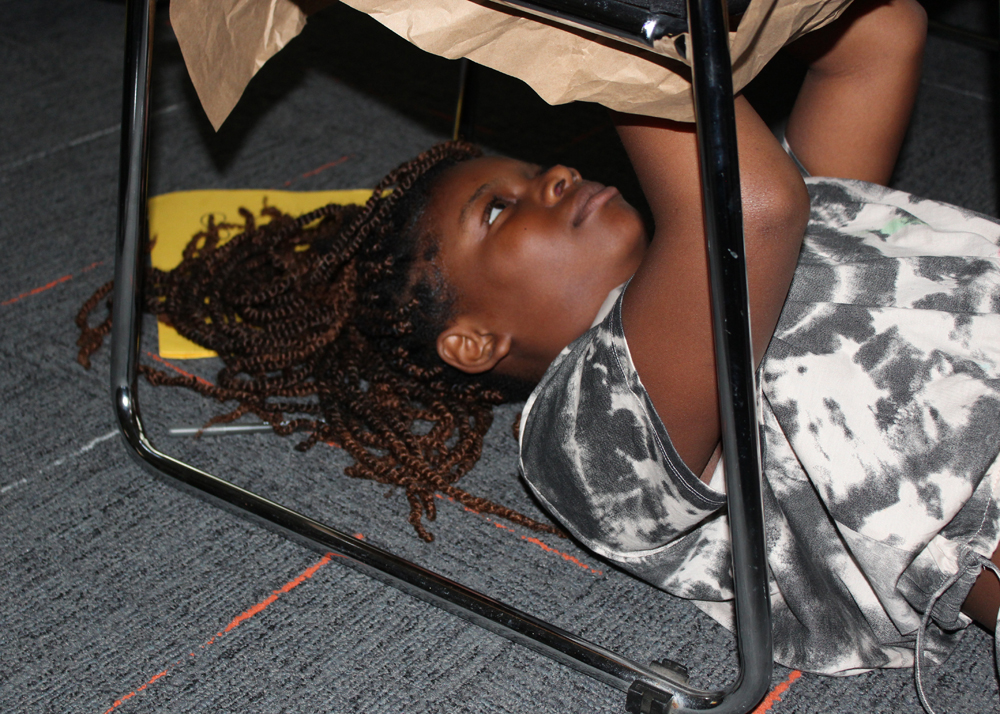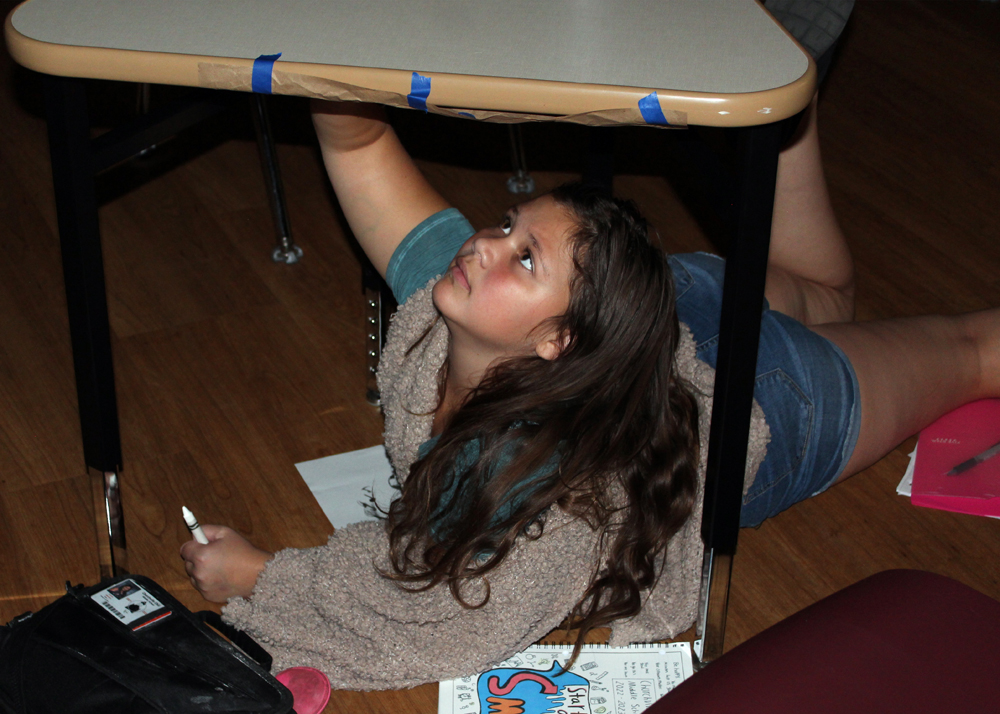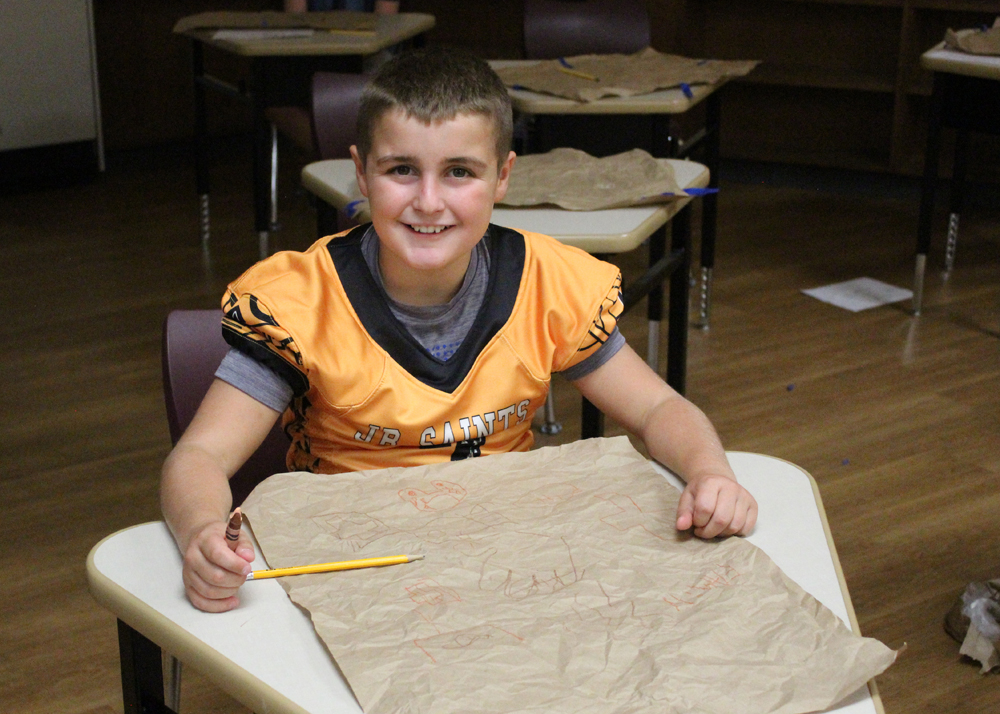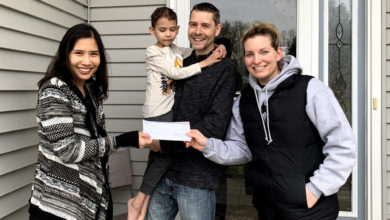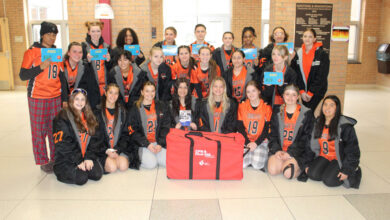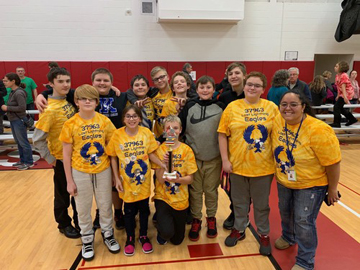Churchville-Chili students explore history from a different perspective
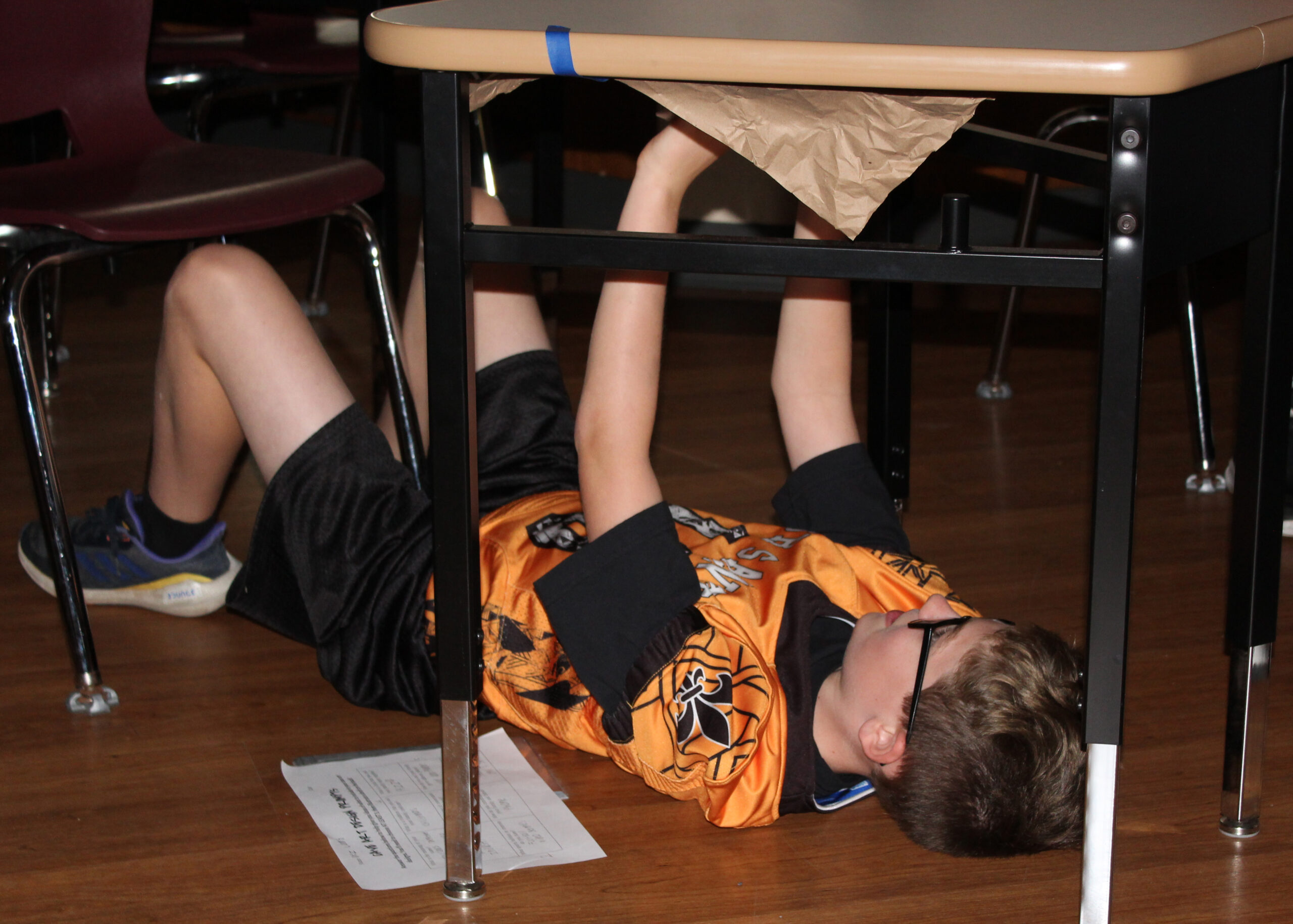
Sixth graders at Churchville-Chili Middle School have been studying how prehistoric peoples’ lives changed during the transition from Paleolithic to Neolithic culture. Their studies took on new meaning and became more personal with a project that took them back more than 12,000 years to the caves of Lascaux, France.
Churchville-Chili has been integrating experiential learning (learning by doing) into required middle school science curriculum for several years, offering engaging and imaginative enrichment experiences. This year, the district is expanding the initiative into social studies with lessons like this one that encourage scholars to put themselves in the places of the people they are studying.
Enrichment specialists Andrea Lynch, Stephanie Ricci, and Patti Saucke presented students with a question and a challenge. “We asked them to consider what can be learned about the past through art and artifacts,” said Lynch. “And then, what imagery would they want to leave behind for future historians that would represent them and their culture.”
Students considered the art in the famous Lascaux caves, magical images of hunting scenes and animals – How, when, and why were they created? What were the difficulties faced by the artists, working in the dark, underground, with simple tools and pigments? The sixth graders wondered at the importance these people placed on their artwork and related in new ways to the individuals who created it.
Our 21st century cave artists crumpled brown paper and taped the imagined rock walls under their desks or chairs, turned off the lights and simulated the uncomfortable working conditions faced by their precursors. Each used earth-colored crayons to create drawings symbolizing objects and ideas they value, like sports, family holidays, or favorite family rituals. The experience gave them new insight into the people of the past, and a deeper understanding of times and events they are studying.
Provided information
